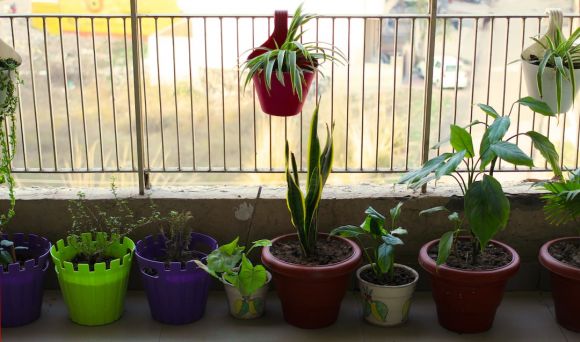Having a balcony garden is a great way to bring nature into your home, especially if you live in an apartment or a house with limited outdoor space. With a little creativity and planning, you can create a beautiful and functional garden on your balcony. In this article, we will explore some tips and ideas to help you make the most of your balcony garden.
Choosing the Right Plants
The first step in creating a successful balcony garden is choosing the right plants. Consider the amount of sunlight your balcony receives, as this will determine what types of plants will thrive in your space. If your balcony gets full sun, opt for sun-loving plants such as tomatoes, herbs, and flowering annuals. If your balcony is mostly shaded, choose plants that can tolerate lower light conditions, like ferns, begonias, and impatiens.
Maximizing Space
Since balconies are usually small, it’s important to maximize the available space. Vertical gardening is a popular technique that allows you to grow plants upwards, saving valuable floor space. Consider using hanging baskets, wall-mounted planters, or trellises to grow climbing plants like ivy, morning glories, or sweet peas. You can also use hanging planters to grow strawberries or small herbs.
Creating a Cohesive Design
To make your balcony garden visually appealing, create a cohesive design by choosing plants and containers that complement each other. Use a mix of different plant textures, heights, and colors to add visual interest. Opt for containers in a similar material or color palette to create a sense of unity. You can also add decorative elements such as fairy lights, wind chimes, or a small water feature to enhance the ambiance of your balcony garden.
Watering and Drainage
Proper watering and drainage are crucial for the health of your balcony garden. Since balconies usually have limited access to water, choose plants that are drought-tolerant and don’t require frequent watering. Consider using self-watering containers or installing a drip irrigation system to ensure your plants receive the right amount of water. Additionally, make sure your containers have drainage holes to prevent water from pooling and damaging the roots of your plants.
Dealing with Pests
Pests can be a common problem in balcony gardens, especially if you live in an urban area. To protect your plants from pests, consider using organic pest control methods such as companion planting or introducing beneficial insects like ladybugs or lacewings. You can also use natural pest repellents like neem oil or garlic spray. Regularly inspect your plants for signs of pests and take action as soon as you notice any damage.
Enjoying Your Balcony Garden
Finally, don’t forget to enjoy your balcony garden! Create a cozy seating area where you can relax and admire your plants. Add cushions, outdoor rugs, and potted flowers to make it inviting. Consider adding a small table where you can enjoy your morning coffee or have a meal outdoors. Use your balcony garden as a peaceful retreat from the hustle and bustle of daily life.
In conclusion, a balcony garden can be a wonderful addition to your home. By choosing the right plants, maximizing space, creating a cohesive design, and taking care of watering, drainage, and pest control, you can create a beautiful and thriving garden on your balcony. So, roll up your sleeves, get creative, and start making the most of your balcony garden today!





